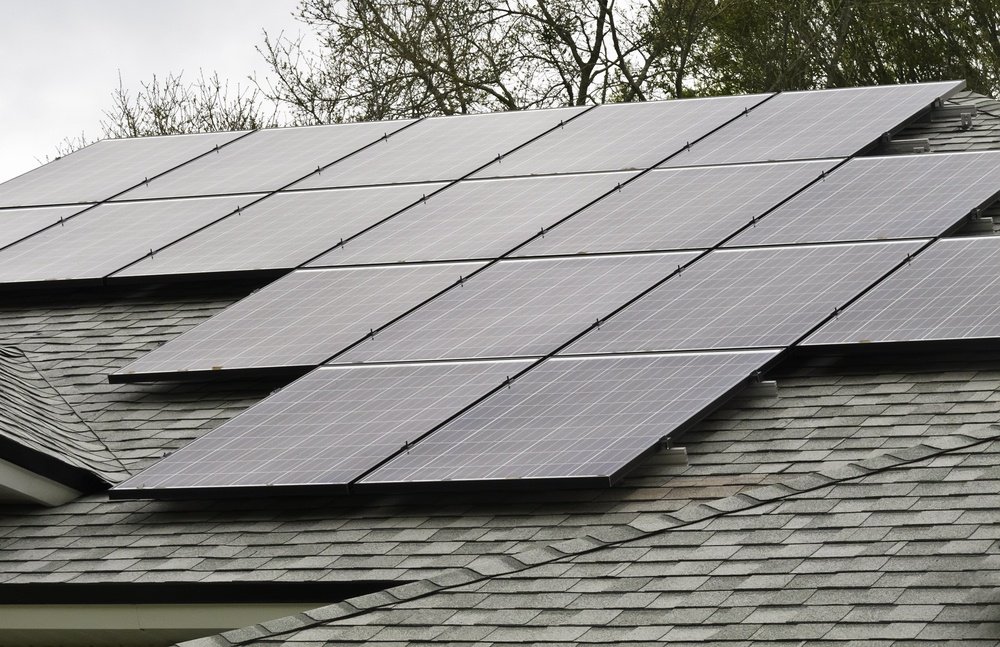Adding storage to an existing solar array is not always an easy, plug-and-play process.
It could be if the solar array was installed storage-ready, but with the rapid advancements of solar+storage in the last few years, it’s unlikely many legacy solar systems can easily adapt to battery connection. But that doesn’t mean it’s impossible; there are just a few important questions one must ask before starting a retrofit solar+storage installation project.
Existing inverters
The inverter used on an existing solar array will dictate the route one must take to add batteries to a solar project. Solar+storage systems are either AC-coupled or DC-coupled. AC-coupled systems require an additional, separate inverter to charge the batteries. DC-coupled systems use a charge controller or other DC-DC converter to feed PV power to the batteries and then through one inverter for grid use.

The inverter already in use on the PV system determines a lot. For example, existing systems with microinverters (which make the DC-AC conversion at the panel-level) will need an AC-coupled system for storage, since the battery cannot be incorporated into the DC lines before AC-conversion. If the existing inverter is in good, storage-ready working condition, AC-coupling storage to an array is as easy as installing a new battery-based inverter along with the batteries. If the existing inverter needs replaced, one can go the DC-coupled route with a new storage-compliant inverter, a DC-DC converter and the batteries.
What is the make, model and age of the existing inverter?
To accommodate energy storage, inverters must have frequency control capability—no matter if the system is AC- or DC-coupled. If older inverters cannot frequency shift, they should be replaced to add batteries, suggested Catherine Von Burg, CEO and president of lithium-ion energy storage manufacturer SimpliPhi Power.
“If they are not replaced, grid-tied inverters will shut down regularly as the frequency shifts out of range,” she said. Adding new, advanced inverters that can regulate charges is the only way to include storage on an existing system.
Read more: Solar Power World Online


